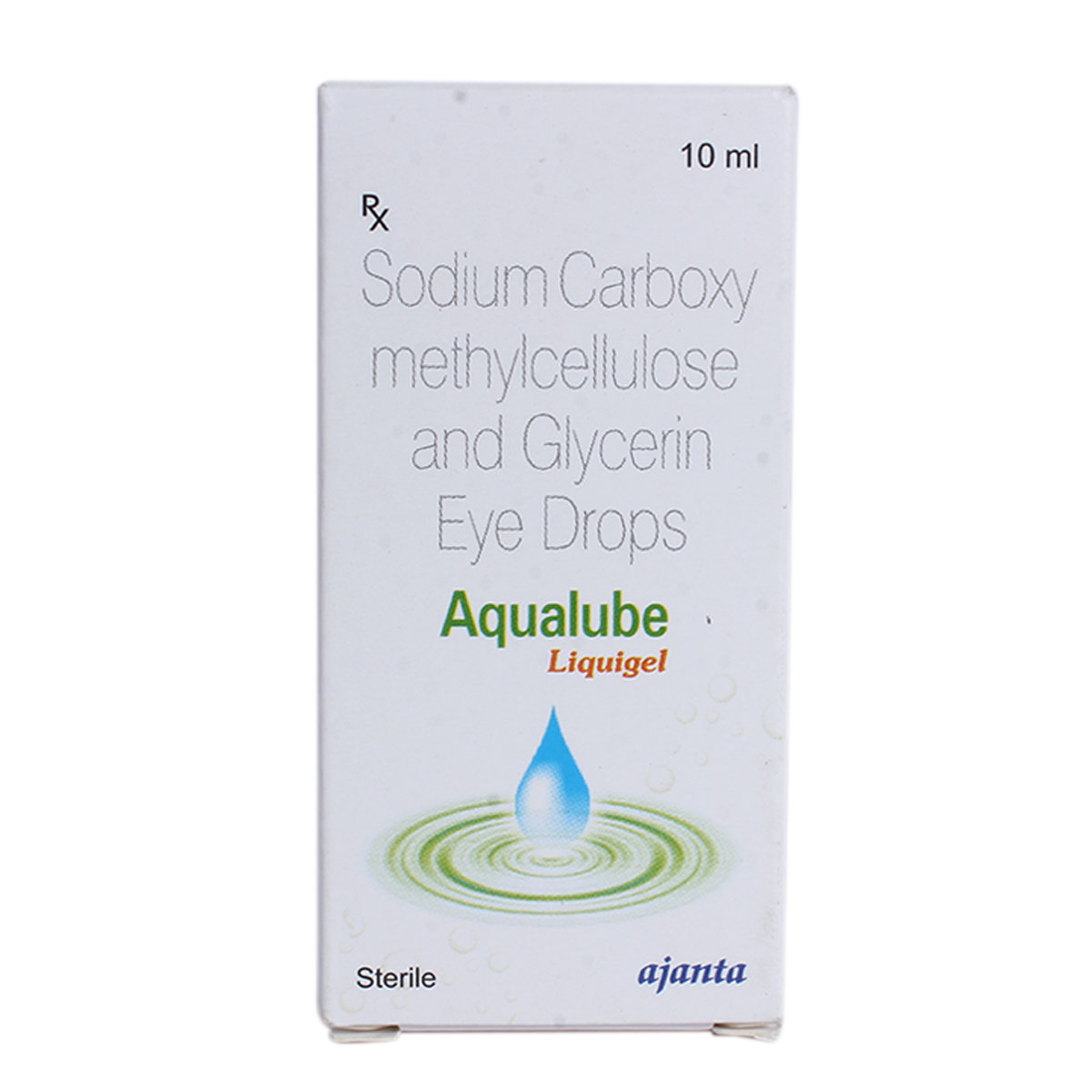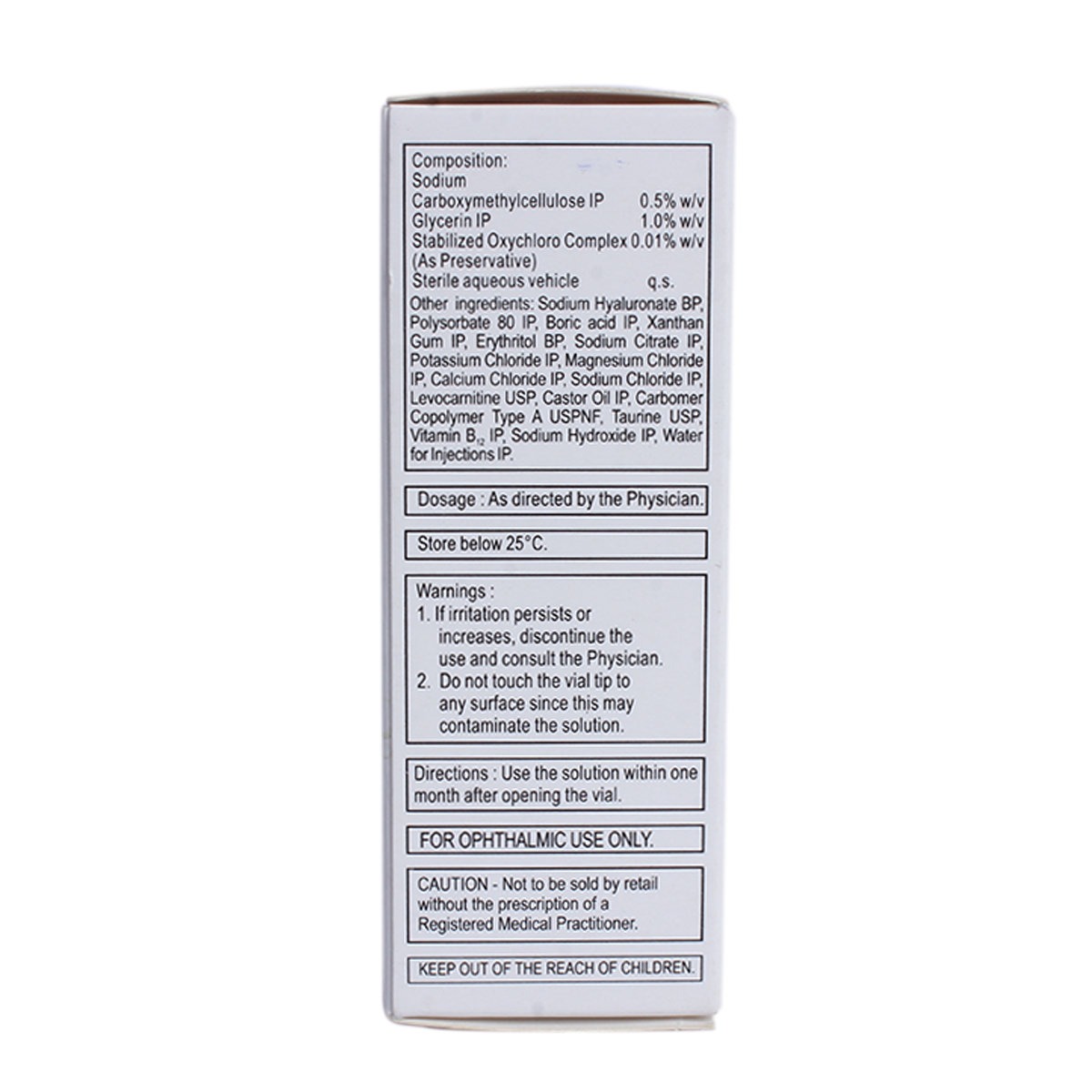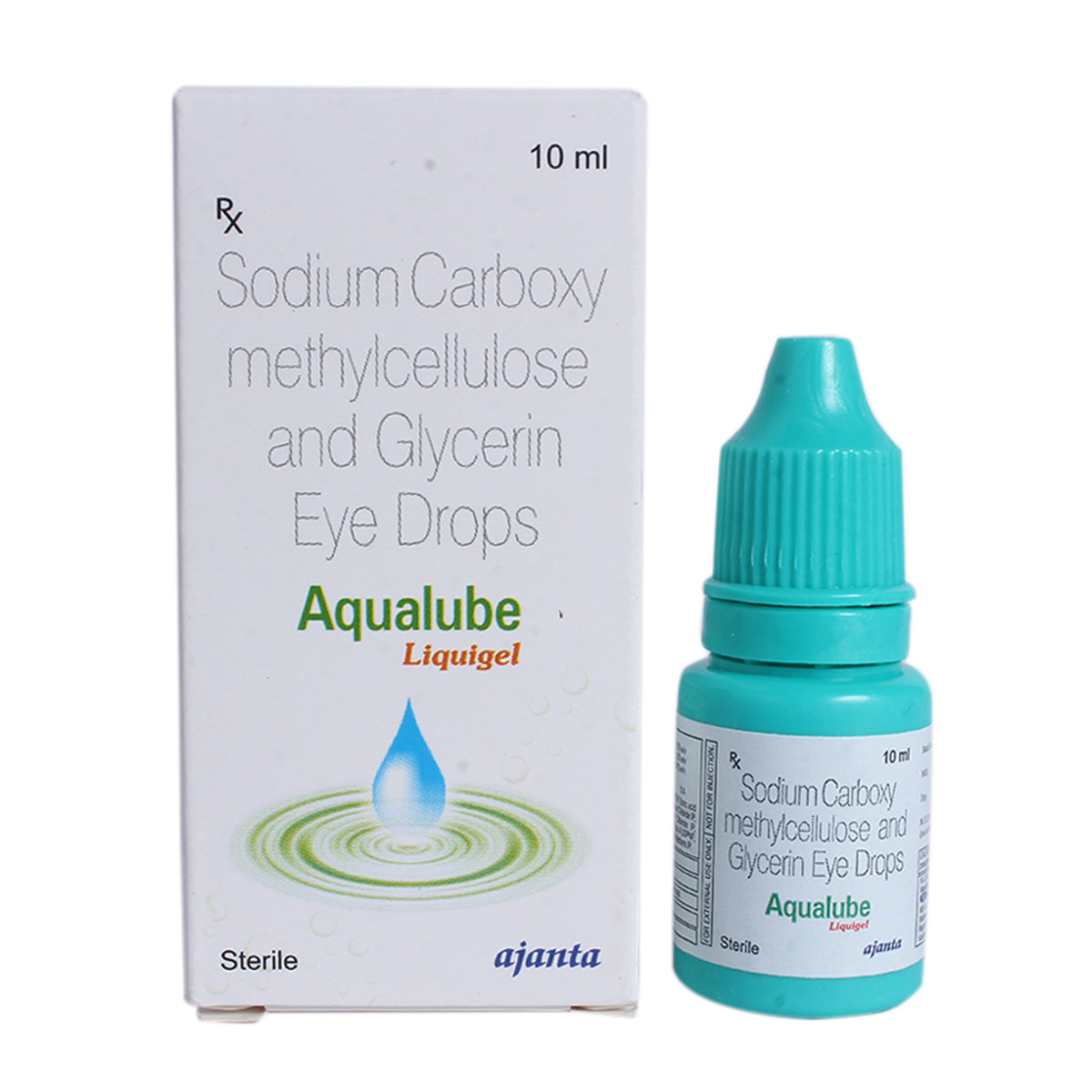Aqualube Liquigel
MRP ₹224
(Inclusive of all Taxes)
₹33.6 Cashback (15%)



Available Offers
Therapeutic Class
Drug-Drug Interactions
Drug-Drug Interactions
Login/Sign Up
Coadministration of Methylergometrine with Aqualube Liquigel 10 ml can increase the levels and side effects of Methylergometrine.
How to manage the interaction:
Taking Methylergometrine with Aqualube Liquigel 10 ml is generally avoided as it can possibly result in an interaction, it can be taken if your doctor has advised it. However, if you experience sudden dizziness, lightheadedness, headache, fainting, shortness of breath, or rapid heartbeat, contact your doctor immediately. Do not discontinue any medications without first consulting your doctor. Do not discontinue any medications without first consulting your doctor.
Taking Avanafil and Aqualube Liquigel 10 ml together can increase the risk or severity of low blood pressure.
How to manage the interaction:
Combining Avanafil and Aqualube Liquigel 10 ml is generally avoided as it can lead to an interaction, it can be taken if your doctor has advised it. However, if you experience symptoms like dizziness, lightheadedness, fainting, headache, flushing, heart palpitations, and priapism (prolonged and painful erection unrelated to sexual activity), consult your doctor immediately. Do not discontinue any medications without consulting your doctor.
Taking Vardenafil and Aqualube Liquigel 10 ml together can increase the risk or severity of low blood pressure.
How to manage the interaction:
Combining Vardenafil and Aqualube Liquigel 10 ml is generally avoided as it can lead to an interaction, but it can be taken if your doctor has advised it. However, if you experience symptoms like dizziness, lightheadedness, fainting, headache, flushing, heart palpitations, and priapism (prolonged and painful erection unrelated to sexual activity), consult your doctor immediately. Do not discontinue any medications without consulting your doctor.
Coadministration of Etidocaine and Aqualube Liquigel 10 ml can increase the risk of developing methemoglobinemia (a rare condition where red blood cells are unable to carry oxygen effectively to the tissues).
How to manage the interaction:
Although taking Etidocaine and Aqualube Liquigel 10 ml together can possibly result in an interaction, it can be taken if your doctor has advised it. However, consult your doctor immediately if you experience symptoms such as grey discoloration of the skin, nausea, headache, dizziness, lightheadedness, fatigue, shortness of breath, rapid or shallow breathing, a rapid heartbeat, palpitation, anxiety, or confusion. Do not discontinue any medications without consulting your doctor.
Coadministration of Sodium nitrite and Aqualube Liquigel 10 ml has the potential to induce methemoglobinemia (a rare condition where red blood cells are unable to carry oxygen effectively to the tissues).
How to manage the interaction:
Although taking Sodium nitrite and Aqualube Liquigel 10 ml together can possibly result in an interaction, it can be taken if your doctor has advised it. However, consult your doctor immediately if you experience symptoms such as grey discolouration of the skin, nausea, headache, dizziness, lightheadedness, fatigue, shortness of breath, rapid or shallow breathing, a rapid heartbeat, palpitation, anxiety, or confusion. Do not discontinue any medications without first consulting your doctor.
Coadministration of bupivacaine and Aqualube Liquigel 10 ml can increase the risk and severity of developing methemoglobinemia, (Red blood cells are unable to carry oxygen effectively to the tissues).
How to manage the interaction:
Although taking bupivacaine and Aqualube Liquigel 10 ml together can result in an interaction, it can be taken if a doctor has advised it. However, if you experience symptoms such as gray discoloration of the skin, abnormal blood coloration, nausea, headache, dizziness, lightheadedness, fatigue, shortness of breath, rapid or shallow breathing, a rapid heartbeat, palpitation, anxiety, or confusion, consult the doctor immediately. Do not discontinue any medications without consulting a doctor.
Coadministration of Chloroprocaine and Aqualube Liquigel 10 ml can increase the risk of developing methemoglobinemia (a rare condition where red blood cells are unable to carry oxygen effectively to the tissues).
How to manage the interaction:
Although taking Chloroprocaine and Aqualube Liquigel 10 ml together can possibly result in an interaction, it can be taken if your doctor has advised it. However, consult your doctor immediately if you experience symptoms such as grey discoloration of the skin, nausea, headache, dizziness, lightheadedness, fatigue, shortness of breath, rapid or shallow breathing, a rapid heartbeat, palpitation, anxiety, or confusion. Do not discontinue any medications without consulting your doctor.
Coadministration of Mepivacaine and Aqualube Liquigel 10 ml has the potential to induce methemoglobinemia (a rare condition where red blood cells are unable to carry oxygen effectively to the tissues).
How to manage the interaction:
Although taking Mepivacaine and Aqualube Liquigel 10 ml together can possibly result in an interaction, it can be taken if your doctor has advised it. However, consult your doctor immediately if you experience symptoms such as grey discolouration of the skin, nausea, headache, dizziness, lightheadedness, fatigue, shortness of breath, rapid or shallow breathing, a rapid heartbeat, palpitation, anxiety, or confusion. Do not discontinue any medications without consulting your doctor.
Coadministration of Levobupivacaine and Aqualube Liquigel 10 ml can increase the risk of developing methemoglobinemia (a rare condition where red blood cells are unable to carry oxygen effectively to the tissues).
How to manage the interaction:
Although taking Levobupivacaine and Aqualube Liquigel 10 ml together can possibly result in an interaction, it can be taken if your doctor has advised it. However, consult your doctor immediately if you experience symptoms such as grey discolouration of the skin, nausea, headache, dizziness, lightheadedness, fatigue, shortness of breath, rapid or shallow breathing, a rapid heartbeat, palpitation, anxiety, or confusion. Do not discontinue any medications without consulting your doctor.
Coadministration of Tetracaine and Aqualube Liquigel 10 ml has the potential to induce methemoglobinemia (a rare condition where red blood cells are unable to carry oxygen effectively to the tissues).
How to manage the interaction:
Although taking Tetracaine and Aqualube Liquigel 10 ml together can possibly result in an interaction, it can be taken if your doctor has advised it. However, if you experience symptoms such as grey discolouration of the skin, nausea, headache, dizziness, lightheadedness, fatigue, shortness of breath, rapid or shallow breathing, a rapid heartbeat, palpitation, anxiety, or confusion, consult your doctor immediately. Do not discontinue any medications without first consulting your doctor.
Drug-Food Interactions
Drug-Food Interactions
Login/Sign Up
Drug-Diseases Interactions
Drug-Diseases Interactions
Login/Sign Up
Drug Warnings
Before using this Aqualube Liquigel, tell your doctor if you are allergic to any of the medicine components and wash your hands before using Aqualube Liquigel to avoid contamination. Do not touch the bottle's tip to avoid contamination; replace the cap tightly after each use. Do not use a solution which is coloured, changed and cloudy in appearance. It is for external use only and use before the expiration date. Do not change or stop the dose of medicine without informing your doctor. Do not drive, use machinery, or do any activity until your vision is clear because Aqualube Liquigel causes temporary blurred vision.
Side Effects of Aqualube Liquigel
- Irritation
- Burning sensation,
- Pain at application site.
Directions for Use
Medicinal Benefits Mweb
Key Benefits
Aqualube Liquigel is a combination of two medicines: Carboxymethylcellulose and Glycerin. Carboxymethylcellulose (CMC) works by increasing tear viscosity in the eye. Glycerin is an ophthalmic demulcent (forms a soothing film) that works by lubricating the eye's mucous membrane surface. In this way, it provides temporary relief from burning and discomfort due to dry eye.
Uses of Aqualube Liquigel
About Aqualube Liquigel
Aqualube Liquigel belongs to the class of medicines called 'ophthalmic lubricants' generally used to treat dry eye disease. Dry eye disease is a common condition that occurs if you don't produce enough tears or if you produce poor-quality tears. This tear instability leads to inflammation and damage to the eye's surface.
Aqualube Liquigel is a combination of two medicines: Carboxymethylcellulose and Glycerin. Carboxymethylcellulose works by increasing tear viscosity in the eye. Glycerin is an ophthalmic demulcent (forms a soothing film) that works by lubricating the eye's mucous membrane surfaces. In this way, it provides temporary relief from burning and discomfort.
Aqualube Liquigel should be taken as advised by your doctor. Some of the minor side effects are burning/stinging/ irritation may occur temporarily. Whereas serious side effects are eye pain and eye redness/irritation may occur. If it persists, take the advice of your doctor.
Before using this Aqualube Liquigel, tell your doctor if you are allergic to any of the medicine components and wash your hands before using Aqualube Liquigel to avoid contamination. Do not touch the bottle's tip to avoid contamination; replace the cap tightly after each use. Do not use a solution which is colour changed and cloudy in appearance. It is for external use only and use before the expiration date. Do not change or stop the dose of medicine without informing your doctor. Do not drive, use machinery, or perform any activity until your vision is clear, as Aqualube Liquigel causes temporary blurred vision.
Online payment accepted
know your delivery time
Provide Delivery Location
Therapeutic Class

Have a query?
Verified Buyers Reviews
Side Effects
Buy best Ocular products by
Entod Pharmaceuticals Ltd
Ajanta Pharma Ltd
Sunways (India) Pvt Ltd
Sun Pharmaceutical Industries Ltd
Cipla Ltd
Micro Labs Ltd
Allergan Healthcare India Pvt Ltd
Intas Pharmaceuticals Ltd
Raymed Pharmaceuticals Ltd
Nri Vision Care India Ltd
FDC Ltd
Jawa Pharmaceuticals India Pvt Ltd
Indoco Remedies Ltd
Sapient Laboratories Pvt Ltd
Senses Pharmaceuticals Pvt Ltd
Centaur Pharmaceuticals Pvt Ltd
Neomedix Healthcare India Pvt Ltd
Aromed Pharmaceuticals
Optho Remedies Pvt Ltd
Aurolab
Austrak Pvt Ltd
Lupin Ltd
Mankind Pharma Pvt Ltd
Zivira Labs Pvt Ltd
Optho Pharma Pvt Ltd
Synovia Life Sciences Pvt Ltd
Akumentis Healthcare Ltd
Eyekare
His Eyeness Ophthalmics Pvt Ltd
Protech Remedies Pvt Ltd
Runyon Pharmaceutical Pvt Ltd
Alcon Laboratories Inc
Syntho Pharmaceuticals Pvt Ltd
Alembic Pharmaceuticals Ltd
Bell Pharma Pvt Ltd
Klar Sehen Pvt Ltd
Sentiss Pharma Pvt Ltd
Irx Pharmaceuticals Pvt Ltd
Optho Life Sciences Pvt Ltd
Phoenix Remedies Pvt Ltd
Alkem Laboratories Ltd
Doctor Wonder Pvt Ltd
Hicare Pharma
Ipca Laboratories Ltd
Neon Laboratories Ltd
Okulus Drugs India
Pharmtak Ophthalmics (I) Pvt Ltd
Berry & Herbs Pharma Pvt Ltd
Glow Vision Pharmaceuticals
Kaizen Drugs Pvt Ltd
Choroid Laboratories Pvt Ltd
Indiana Opthalamics Pvt Ltd
Optica Pharmaceutical Pvt Ltd
Pharmatak Opthalmics India Pvt Ltd
Samarth Life Sciences Pvt Ltd
Vibgyor Vision Care
Mofon Drugs
Novartis India Ltd
Pharmia Biogenesis Pvt Ltd
Zydus Cadila
Appasamy Ocular Devices Pvt Ltd
Leeford Healthcare Ltd
Medivision Pharma Pvt Ltd
Orbit Life Science Pvt Ltd
X-Med Royal Pharma Pvt Ltd
Zee Laboratories Ltd
Aarma Laboratories
Guerison MS Inc
Laborate Pharmaceuticals India Ltd
Xtas Pharmaceuticals
Accurex Biomedical Pvt Ltd
Blucrab Pharma Pvt Ltd
Does Health Systems Pvt Ltd
Flagship Biotech International Pvt Ltd
Lavue Pharmaceuticals Pvt Ltd
Nutrilis Healthcare Pvt Ltd
Ursa Pharm India Pvt Ltd
Vee Remedies
Vyonics Health Care India Pvt Ltd
Warren Pharmaceuticals Pvt Ltd
Abbott India Ltd
Accvus Pharmaceuticals
Akums Drugs & Pharmaceuticals Ltd
Cadila Healthcare Ltd
Carevision Pharmaceuticals Pvt Ltd
Dey's Medical Stores (Mfg) Ltd
East West Pharma India Pvt Ltd
Eyedea Pharmaceuticals Pvt Ltd
Nimbus Healthcare Pvt Ltd
Ocuris Pharmaceuticals Pvt Ltd
Sherings Pharmaceuticals
Tarks Pharmaceuticals Pvt Ltd
Vcan Biotech
Vision Medilink
Aice Health Care Pvt Ltd
Appasamy Pharmaceuticals Pvt Ltd
Asperia Lifescience Pvt Ltd
Beatum Healthcare Pvt Ltd
East India Pharmaceutical Works Ltd
Grevis Pharmaceutical Pvt Ltd




